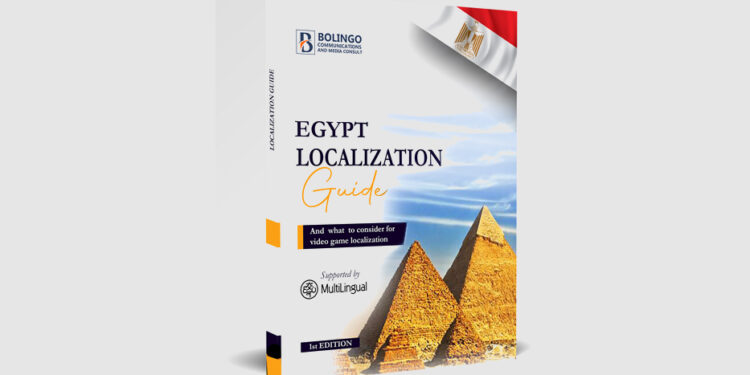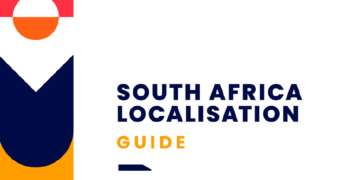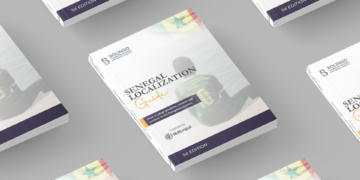Egypt, officially known as the Arab Republic of Egypt is an Arab country located in the northeastern corner of Africa with an Asian extension, where the Sinai Peninsula is located within Asia.
This makes Egypt a transcontinental country. Egypt is the most Arab populated nation, with an estimated population of 102,402.929 people as at September 2021, according to data from Egypt’s Central Agency for Public Mobilization and Statistics.
The governorates of Egypt are Alexandria, Assiut, Aswan, Beheira, Bani Suef, Cairo, Daqahliya with, Damietta, Fayyoum, Gharbiya, Giza, Helwan, Ismailia, Kafr El Sheikh, Luxor, Marsa Matrouh, Minya, Monofiya, New Valley, North Sinai, Port Said, Qalioubiya, Qena, Red Sea, Sharqiya, Sohag, South Sinai, Suez, and Tanta. The most populated ones are Cairo and Giza.
Most of Egypt’s population is around the Nile Valley and in urban areas. The Nile Valley and the Delta constitute less than 4% of the total area of the country, or about 33,000 kilometres square, and the largest population bloc is Greater Cairo, which has about a quarter of the population, followed by Alexandria. Most of the remaining population also lives in the Delta and on the coasts of the Mediterranean, the Red Sea and the cities of the Suez Canal. These areas occupy an area of 40,000 square kilometres, while the Sahara constitutes the majority of the country’s territory.
Egyptian Arabic and Modern Standard Arabic
The official language in Egypt is Modern Standard Arabic, which is also the most widely used in the press. Egyptian Arabic is the national language which is widely spoken and occasionally written. In Egyptian Arabic, one will find words from the Standard Arabic language, words from ancient times, and words from other languages like English and French. There are some other Arabic language varieties spoken in Egypt like those used in Lower and Upper Egypt, the desert regions, and Sinai.
Despite being the official language, Modern Standard Arabic is not used by Egyptians in daily interactions. Egyptians tend to speak using Egyptian Arabic language variety and this makes companies and mass media use it to get closer to Egyptians.
“I do not think that people like the idea of speaking in Modern Standard Arabic, as they find the pronunciation of some sounds hard, so they resort to Egyptian Arabic as it is easier and spoken every day by everyone,” a 25-year-old female teacher in Cairo stated. A 65-year-old retired manager in Giza added that “even the news and TV shows are using Egyptian Arabic
more and more to get closer to their audience.”
Despite the existence of many Arabic language varieties in the Arab world, Egyptian Arabic remains the most widely understood language in the Middle East and North Africa, due to the influence of Egyptian cinema and theatre across the Arab world.
Egyptian schools and universities teach Modern Standard Arabic, so every student can learn the official language and master it. Egyptian Arabic, on the other hand, is not taught in schools and people learn it and practise it in their speaking, chatting with their friends, and on social media. English and French are also two common languages used in business and education.
Students learn English from Grade 1 at national schools. They continue learning English till they enter the university. At the High school level, students start to learn another language and they have the freedom to choose one language from the following: French, German, Italian, or Spanish. Within three years, students should learn the basics of this language besides Arabic and English.










